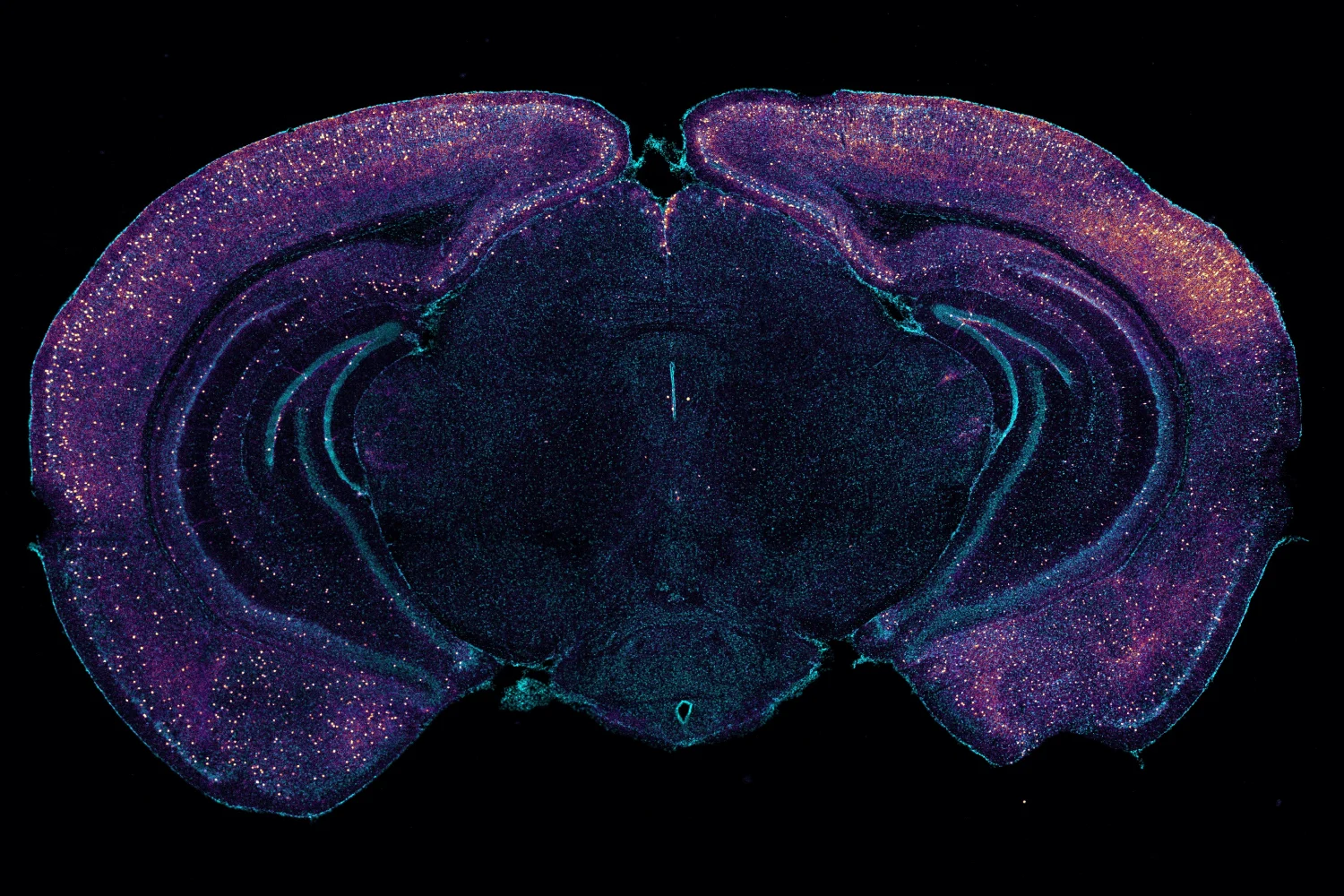New research shows that adjusting the body's circadian rhythm by inhibiting the protein REV-ERBα can increase NAD+ and reduce toxic tau buildup in mice, leading to brain protection and potential new Alzheimer’s therapies.

November 1, 2025

Source:
MIT News
Altering Body Rhythms for Brain Protection
Researchers have discovered that changing the body's natural sleep-wake rhythm, specifically by targeting a protein called REV-ERBα, protects the brain in mouse models of Alzheimer's disease (ScienceDaily). This intervention boosts NAD+, a molecule crucial for brain cell energy and repair, while reducing toxic tau protein accumulation—the latter being a hallmark of Alzheimer’s pathology (Popular Mechanics).
Key Findings
REV-ERBα suppression led to higher NAD+ and less tau buildup.
Circadian disruption is both a symptom and a driver in Alzheimer’s.
Manipulating circadian proteins shows promise for brain health.
Keep up with the story. Subscribe to the PR+ free daily newsletter

Source:
MIT News
Mechanisms Behind the Discovery
The circadian protein REV-ERBα regulates daily rhythms of metabolism and inflammation, and its inhibition in the brain has shown neuroprotective effects in mice (Washington University in St. Louis).
DNA Repair and Brain Aging
NAD+ decline is linked to aging and neurodegeneration.
Many supplements attempt to raise NAD+, but animal models primarily support these benefits so far (ScienceDaily).
Alzheimer’s Gene Rhythms
About half of genes related to Alzheimer’s risk are regulated by circadian rhythms, emphasizing the potential impact of healthy sleep-wake cycles on neurodegeneration (Washington University in St. Louis).
Read More

Source:
Popular Mechanics
Share this news:




















